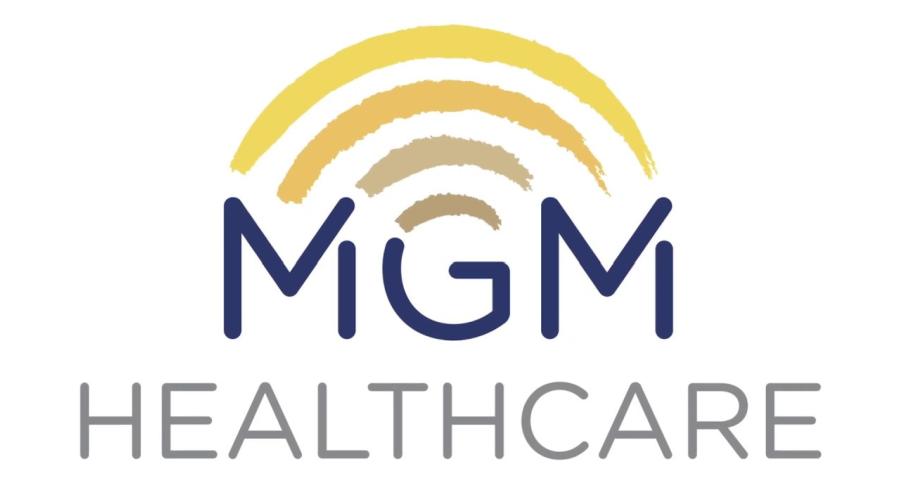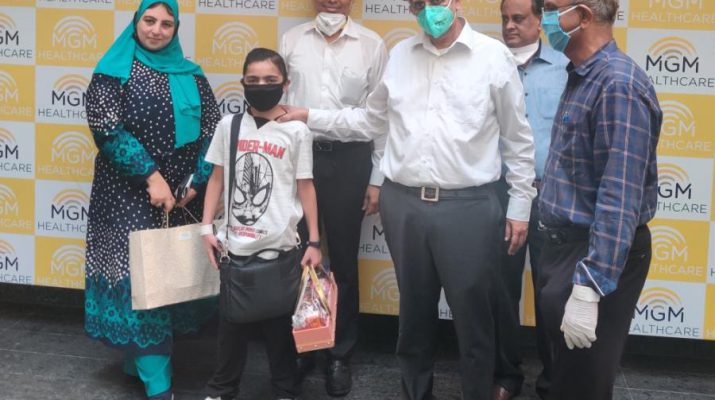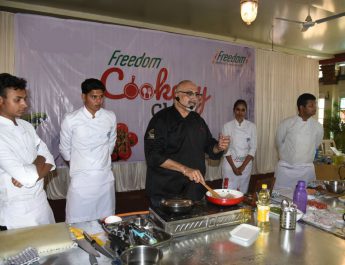Who could have imagined that playstation type glasses worn on the head and visualising spectacular images in a 3D environment can save a child’s life ?
An 11 year old boy very much small for his age, from Egypt, suffering from a life threatening condition called restrictive cardiomyopathy and severe pulmonary hypertension (very high pressure in the lungs) with recurrent heart failure admissions for the last one year, and with a history of cardiac arrest, was airlifted urgently in an air ambulance from Cairo. He was a frail, very ill boy, skin and bones and drifting in and out of consciousness. After being turned down by several hospitals in the US, and western Europe, the child was refered to Dr K R Balakrishnan, Chairman – Cardiac Sciences and Director – Institute of Heart and Lung Transplant & Mechanical Circulatory Support, by the pediatric cardiologist in Cairo treating the child.
The reason why he was turned down by several hospitals was simple. His very high lung pressures meant that a heart transplant was ruled out and there are no commercially available long term implantable heart pumps called LVADs or Left Ventricular assist devices for a child of this size in the world. After arrival here, the child’s heart failure worsened, and the only option was to consider whether somehow an LVAD, a battery-operated, mechanical pump could be implanted to help the left chamber of the heart to pump blood to the rest of the body. There were two major impediments. The existing pumps are built for adults and could they be fitted into the small chest cavity of a child? What if the chest could not be closed after the operation? That would be a disaster. Also, the size of the heart chamber, the left ventricle was a major concern, as it was heavily muscle bound, full of excess, useless muscle with very small cavity size. There was no way of knowing if the pump can be fitted inside the heart or it will be sticking out, if it was too big.
 There was only one way to find out. Dr Balakrishnan approached Professor Krishna Kumar, in the Department of Engineering design, IIT Madras, with whom he has been collaborating for the past twenty years, and requested him if a virtual reality model could be built from the CT scan of the child and the pump, so that a virtual implant could be carried out to ensure that the implant was possible.
There was only one way to find out. Dr Balakrishnan approached Professor Krishna Kumar, in the Department of Engineering design, IIT Madras, with whom he has been collaborating for the past twenty years, and requested him if a virtual reality model could be built from the CT scan of the child and the pump, so that a virtual implant could be carried out to ensure that the implant was possible.
So a virtual model was built and wearing head mounted 3 D glasses , like a computer game, the pump could be implanted virtually, in various positions, to make sure that the procedure was possible. Armed with the confidence of this knowledge, the implant was carried out and it was a great success.The boy has recovered rapidly, gained weight and has taken to dancing to Bollywood songs. They are waiting to return to Cairo, once air travel restrictions are lifted.
This technique is being presented at the Annual conference of The American society of artificial internal organs in Chicago, on June 1st, the meeting is also virtual, on account of the covid pandemic !!.
Commenting on the boy’s successful surgical procedure, Dr K R Balakrishnan said, “We thoroughly evaluated the child before planning for the LVAD. We had limited options. We decided to go ahead with the heart pump implant only after the virtual model built at IIT showed that it was feasible.”
Dr Suresh Rao K G added, “This is quite a huge milestone that we have achieved as this is the first time in our country that a procedure like this has been performed on a young child. World wide, there are only two reports of a pediatric LVAD implant using virtual reality, both in the US. However, the expertise of the team and the fighting spirit of the child made this a huge success”.
Commenting on the virtual reality model, Professor R. Krishna Kumar said “ To save a child is gratifying. There were many challenges technically as the image clarity of the commercial software built into the imaging machine did not meet the requirements. After intense discussions on the algorithms to be used, Sathish Kumar, my student built the Virtual Reality model in one night, as time was crucial. I was thrilled when Dr. Balakrishnan and his team visited our lab at 8:00 in the morning and tested it out to their satisfaction. When Dr. Balakrishnan tells me that it was a crucial input in saving the life of a child, what more can a researcher ask for?
The child’s mother, a pediatrician, while thanking the MGM Healthcare, said, “After being turned down by other hospitals in the US, and western countries, we had almost given up hope. Our child had been ailing for a few years and we could not bear to see him suffer like this. We are grateful that we were referred to this facility where the doctors were confident and ensured a fresh lease of life to our son.”




